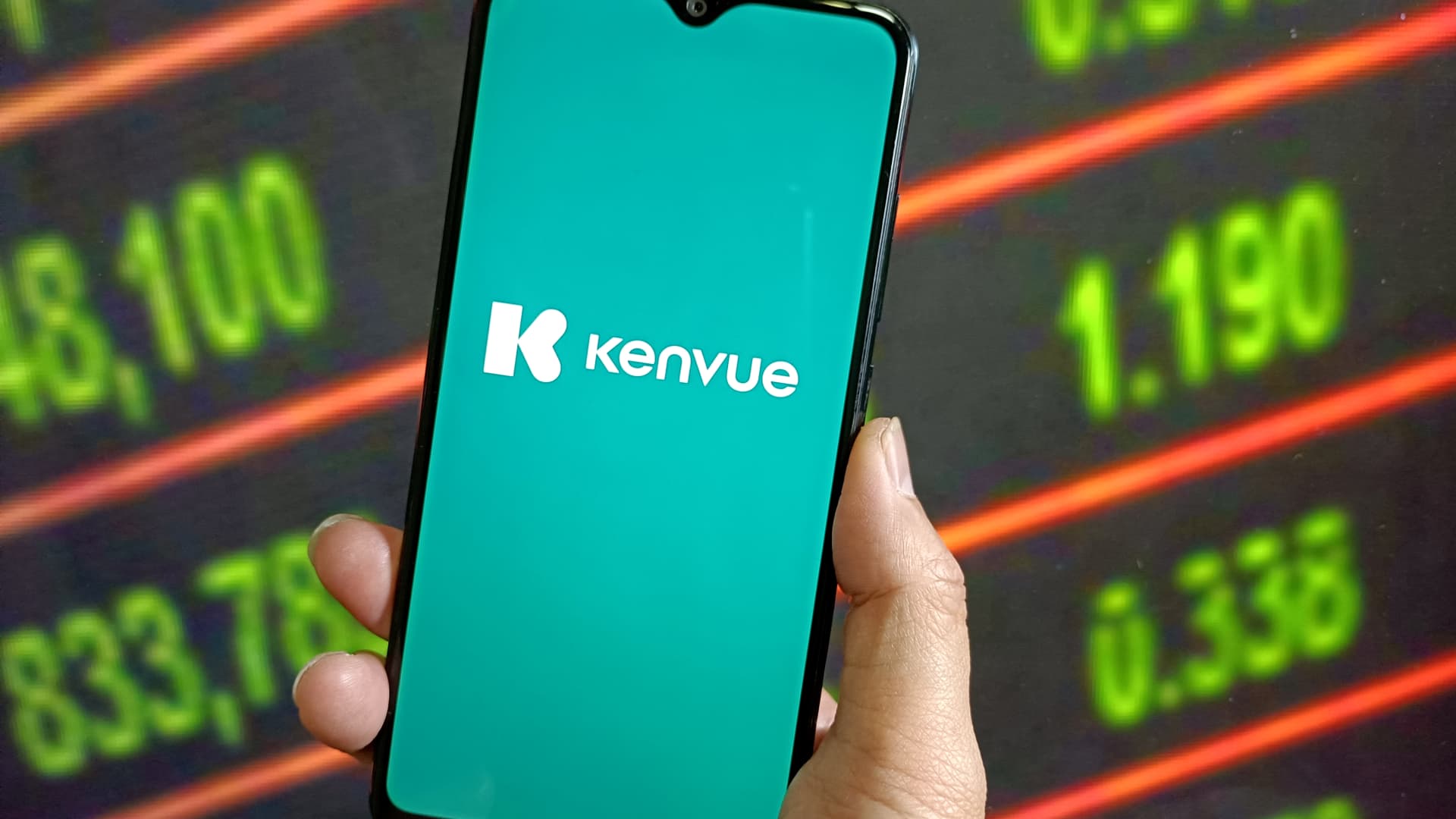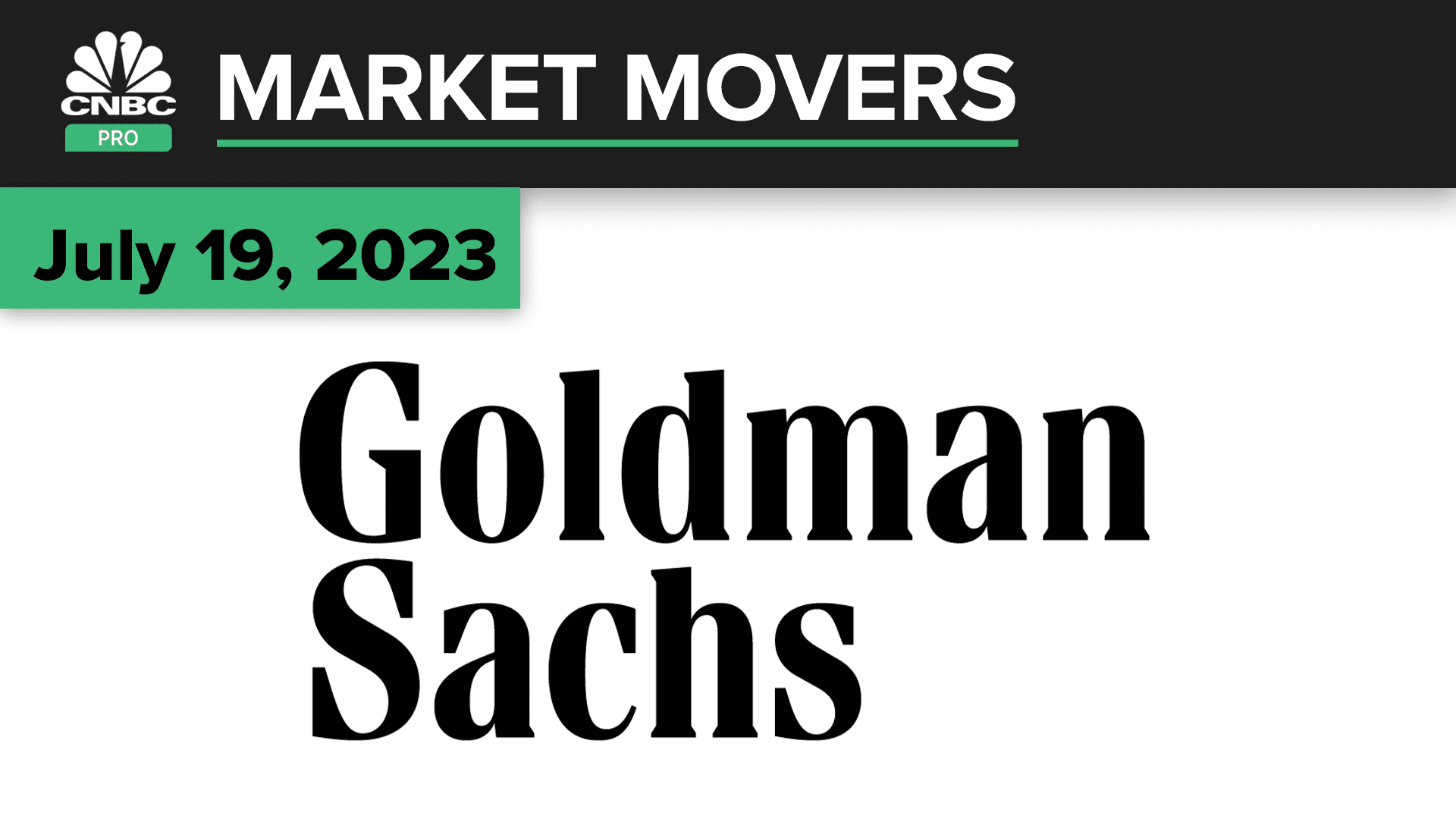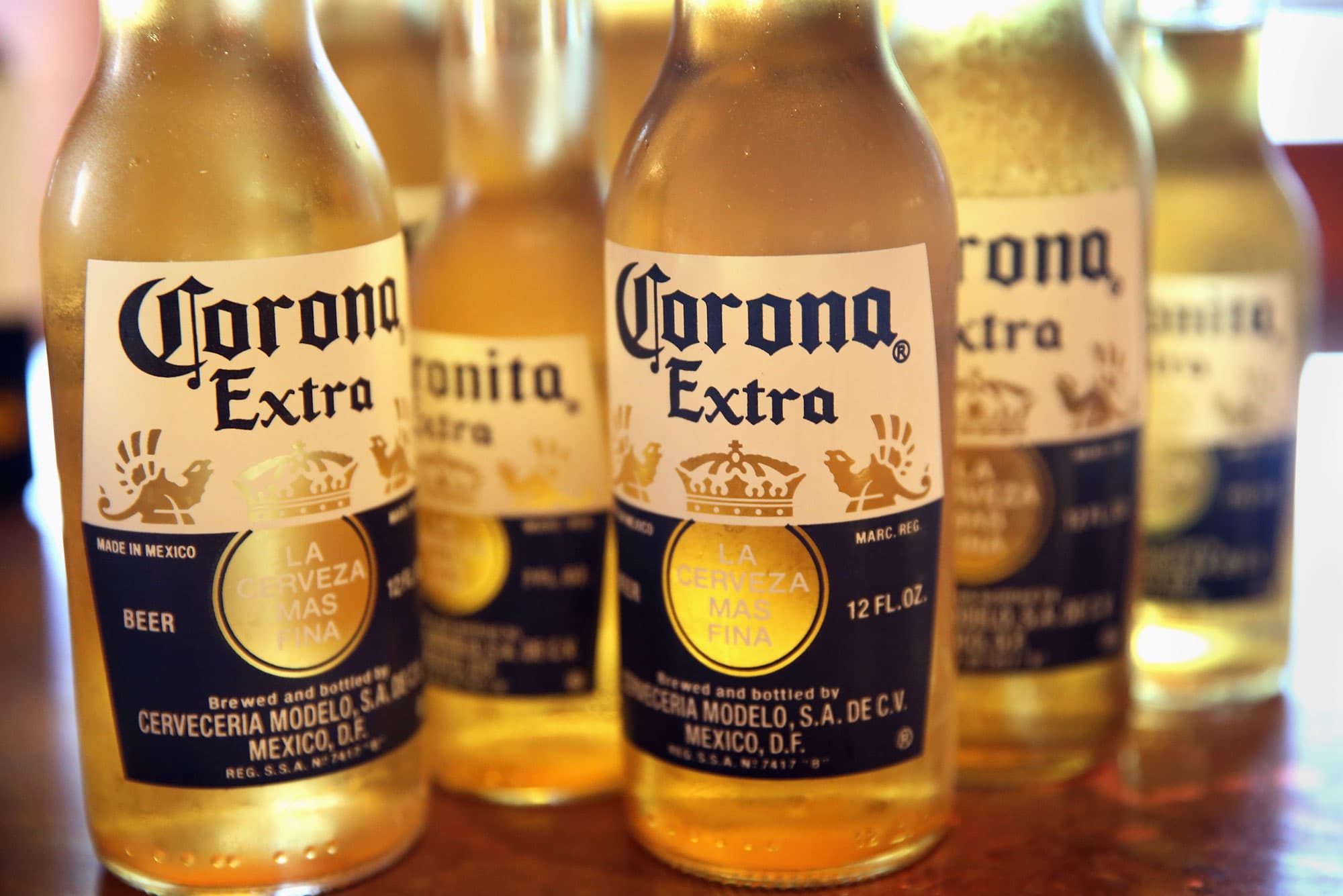Kenvue reported second-quarter revenue and adjusted earnings that topped expectations Thursday in the consumer health company‘s first quarterly report since it spun out from Johnson & Johnson two months ago.
The company, formerly J&J’s consumer health division, also issued an upbeat sales outlook for 2023.
related investing news
Kenvue’s beat was driven by resilient demand for its wealth of widely known brands such as Band-Aid, Tylenol, Listerine, Neutrogena and Aveeno.
“This quarter was yet another proof point, showcasing the power of our portfolio,” Kenvue CEO Thibaut Mongon said during an earnings call Thursday.
But J&J still owns a 90% stake in Kenvue, meaning it can generally control the direction of the spinoff’s business for now. J&J will reduce its stake in Kenvue later this year.
J&J reported its own second-quarter earnings on Thursday, which included Kenvue’s results.
Here’s how Kenvueresults compared with Wall Street expectations, based on a survey of analysts by Refinitiv:
- Earnings per share: 32 cents adjusted, vs. 30 cents expected
- Revenue: $4.01 billion, vs. $3.96 billion expected
Shares of Kenvue were flat in premarket trading Thursday. After a strong debut on the public market in May, the stock has struggled as investors question how much growth the company can deliver with its iconic brands as consumers pull back on spending.
Kenvue’s stock has shed more than 7% since it debuted on the public market, dragging its market value down to roughly $47.9 billion.
Kenvue on Thursday also initiated a quarterly cash dividend of about 20 cents per share for the third quarter, payable to shareholders on Sept. 7.
Unlike most recent IPOs, Kenvue is already profitable.
The company posted second-quarter sales of $4.01 billion, up 5.4% from the same period a year ago. Foreign exchange headwinds dragged on sales by around 2.3%, according to Kenvue.
It reported a net income of $430 million, or 23 cents per share, compared with $604 million, or 35 cents per share, a year earlier. Excluding certain items, the company’s adjusted earnings were 32 cents a share.
Kenvue is forecasting 2023 sales growth of 4.5% to 5.5%. In April following its IPO, Kenvue said it expects annual sales growth through 2025 to be about 3% to 4% globally.
The company’s full-year adjusted earnings outlook is $1.26 to $1.31 per share. Analysts surveyed by Refinitiv expected $1.23 per share.
The company reported sales growth across its three business divisions in the second quarter.
Kenvue’s self-care unit, which includes products for eye care, cough and cold and vitamins, generated $1.66 billion in sales for the quarter. That rose 12.2% from a year ago, fueled by increased demand from higher cough, cold and flu cases.
Skin health and beauty products accounted for $1.15 billion in sales, which climbed 1.9% from a year ago. Among those products are shampoos, conditioners, hair loss treatments and skin care.
Items in the essential health division, including baby products, mouthwash and dental rinses, sanitary protection and wound care, saw $1.20 billion in net sales, up 0.5% from the same period a year ago.
Kenvue’s IPO still left J&J liable for thousands of allegations that its talc baby powder and other talc products caused cancer.
Those products fall under the company’s consumer-health business, now Kenvue, but the spinoff will assume only talc-related liabilities that arise outside the U.S. and Canada, according to its IPO filing from January.
There are only a “small number” of lawsuits outside of the U.S. and Canada that “we do not consider material at this stage,” Mongon said at the Deutsche Bank Global Consumer Conference last month.




